“Intervening in reality”: Political Uses of Indigenous Video in Bolivia
DOI:
https://doi.org/10.22380/2539472X.1001Keywords:
Audiovisual Indigenous Communication, “intervening in reality”, BoliviaAbstract
This article discusses how a group of indigenous media makers from Bolivia that participate in the “National Plan of Indigenous Communication” (Plan Nacional Indígena Originario de Comunicación Audiovisual) uses video technologies as a way to “intervene” in the political reality of the country. Through ethnographic analysis, this paper explains how the video production process creates, with the collaboration of “non-professional” indigenous actors, leaders, authorities and communicators, a common space for debate and negotiation on realities that have not been visible at a national scale, with the goal of imagining alternative political futures. It includes a discussion about: 1) The ways in which videos build on the personal experiences and historical memory of communicators, actors and communities at the moment of developing characters and stories. 2) The specific uses of video technological qualities. The conclusion is a reflection about the significance of life experience in contemporary indigenous discourses.
Downloads
References
Aufderheide, P. (1995). The Video in the Villages Project: Videomaking with and by Brazilian Indians. Visual Anthropology Review, 11 (2), 83-93.
____________. (2007). Documentary Film: A Very Short Introduction. Oxford: Oxford University Press.
Benjamin, W. (1968). The Work of Art in the Age of Mechanical Reproduction. En H. Arendt (Ed.). Illuminations. (pp. 219-254). Nueva York: Schocken Books.
Boal, A. (1980). Teatro del oprimido. México D.F.: Nueva Imagen.
Burton, J. (Ed). (1986). Cinema and Social Change in Latin America. Austin: University of Texas Press.
Chanan, M. (2007). The Politics of Documentary. London: British Film Institute.
Deger, J. (2007). Shimmering Screens: Making Media in an Aboriginal Community. Minneapolis: University of Minnesota Press.
Gainor J. y Gainor, J. E. (1995). Imperialism and Theatre: Essays on World Theatre, Drama, and Performance. Nueva York y Londres: Routledge y Taylor & Francis Group.
García Espinosa, J. (1971). Por un cine imperfecto. Cine Cubano, 66-67, 46-53.
Ginsburg, F., Abu-Lughod L., y Larkin, B. (2002). Introducción. En F. Ginsburg, L. Abu-Lughod y B. Larkin (Eds.). Media Worlds: Anthropology on New Terrain (pp. 1-36). Berkeley: University of California Press.
Hartley, J. y McKee, A. (2000). The Indigenous Public Sphere: The Reporting and Reception of Indigenous Issues in the Australian Media 1994-1997. Oxford: Oxford University Press.
Himpele, J. (2008). Circuits of Culture. Media, Politics and Indigenous Identity in the Andes. Minneapolis y Londres: University of Minnesota Press.
Levo-Henriksson, R. (2007). Media and Ethnic Identity: Hopi Views on Media, Identity, and Communication. Londres: Routledge.
Martin, M. T. (1997). New Latin American Cinema: Theory, Practices, and Transcontinental Articulation. Detroit: Wayne State UP.
Nichols, B. (1991). Representing Reality. Bloomington: Indiana University Press.
Rodríguez, C. (2001). Fissures in the Mediascape. An International Study of Citizens Media.Cresskill: Hampton Press.
Salazar, J. F. (2004). Imperfect Media: The Poetics of Indigenous Media in Chile. Tesis doctoral, University of Western Sydney.
Sanjinés, J. y Grupo Ukamau. (1979). Teoría y Práctica de un Cine junto al Pueblo. México: Editorial Siglo XXI.
Schiwy, F. (2002). La otra mirada. Video indígena y descolonización. En C. Walsh (Ed.). Indisciplinar las Ciencias Sociales Geopolíticas del conocimiento y colonialidad del poder. Perspectivas desde lo Andino (pp. 101-134). Quito: Ediciones Abya Yala.
Turner, T. (2002). Representation, Politics and Cultural Imagination in Indigenous Video. En F. Ginsburg, L. Abu-Lughod y B. Larkin (Eds.). Media Worlds: Anthropology on New Terrain, (pp. 75-89). Berkeley: University of California Press.
Wilson, P. y Stewart, M. (2008). Global Indigenous Media: Cultures, Poetics, and Politics. Durham: Duke University Press.
Wortham, E. (2004). Between the State and Indigenous Autonomy: Unpacking Video Indígena in México. American Anthropologist, 196 (2), 363-368.
Zamorano, G. (2009). Reimagining Politics: Video and Indigenous Struggles in Contemporary Bolivia. Tesis doctoral, City University of New York.
Filmografía
Cárdenas, M. (Responsable). (2001). Llanthupi munakuy (Quererse en las sombras) [Video]. Bolivia: CEFREC-CAIB.
Chiri, S. (Responsable). (2005). Markasan jucha thakahuipa (Justicia de nuestros pueblos) [Video]. Bolivia: CEFREC-CAIB.
Claros, H. (Responsable). (2005). Cocanchej sutimpy (En nombre de nuestra coca) [Video], Bolivia: CEFREC-CAIB.
Copa, A. y Chileno, C. (Responsables). (2006) ¿Ahora de quién es la verdad? [Video]. Bolivia: CEFREC-CAIB.
Eisenstein S. (Director). (1925). El Acorazado Potemkin [Largometraje cinematográfico 35 mm]. Rusia: Goskino.
Flaherty, R. J. (Director) (1922). Nanook el Esquimal [Largometraje cinematográfico 35 mm]. EEUU-Francia: Les Frères Revillon.
Luna, P. (Responsable). (1997). Ángeles de la Tierra [Video]. Bolivia: CEFREC-CAIB.
Morales, M. (2004). (Responsable). Venciendo el miedo [Video]. Bolivia: CEFREC-CAIB.
Pinto, M. (1999). (Responsable). Oro maldito. [Video]. Bolivia: CEFRECCAIB.
Sanjinés J. (Director). (1989). La nación clandestina [Largometraje cinematográfico 16 mm]. Bolivia: Grupo Ukamau.
Yalahuma, M. A. (Responsable). (2005). Renacer: historia de un movima [Video]. Bolivia: CEFREC-CAIB.




















